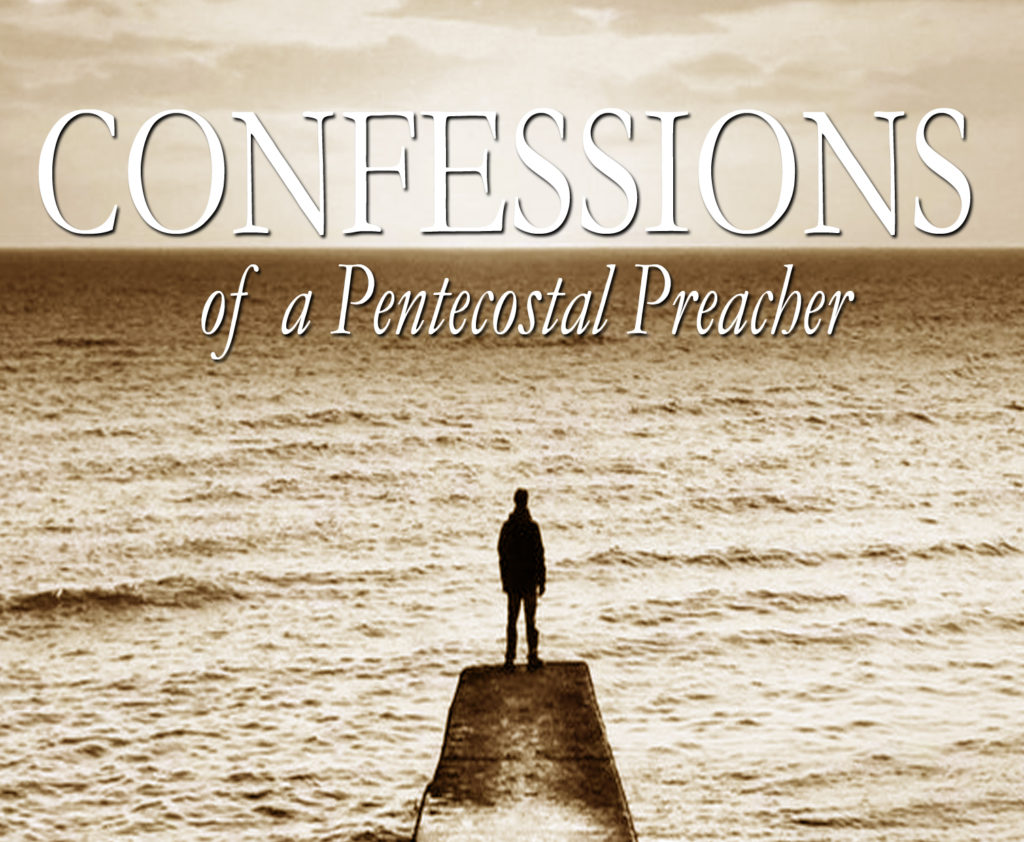Cup & Cross Great Kinder Joy EASTER Egg Giveaway
 Cup & Cross Ministries in corporation with the Polk County TN Homeschool Network has partner with the FLIP Kids Program in Polk County, TN to have a Great Kinder Joy Egg Giveaway. Over 200 chocolate eggs will be given away to the children in the FLIP Kids Program this Easter season. No need to social distance in this egg hunt, the hunt will be delivered to your door. Each egg has chocolate and it’s own “Incredibles” Movie character surprise toy along with scripture reminder of the Resurrections from Acts 26:8.
Cup & Cross Ministries in corporation with the Polk County TN Homeschool Network has partner with the FLIP Kids Program in Polk County, TN to have a Great Kinder Joy Egg Giveaway. Over 200 chocolate eggs will be given away to the children in the FLIP Kids Program this Easter season. No need to social distance in this egg hunt, the hunt will be delivered to your door. Each egg has chocolate and it’s own “Incredibles” Movie character surprise toy along with scripture reminder of the Resurrections from Acts 26:8.
“..it [is] incredible that God raises the dead.”
For more information go to cupandcross.com or polkhomeschool.com
Cup & Cross Ministries Offers Ministry Leadership Table
March 25, 2021 by Cup&Cross
Filed under Featured, Missions, News, Publication
Parts of Leadership Table will be available on Gumbo Podcast. For more information visit www.CupandCross.com
8 Facts about Giving and Tithing in 2021
Okay, so this is going to be a bit of a depressing church statistics. During the Great Depression, Americans gave 3.3% of their income to their church. Today, it’s only 2.5% of their income. Less give to church in 2020 than during the Great Depression
1. Small Portion Of Tithers
Despite growing your church’s membership, you might find tithing doesn’t automatically increase. In fact, only 10% to 25% of church members tithe regularly.
2. Online Tithing Boosts Tithing
What church doesn’t want to increase tithing? The same Nonprofit Source study as above shows that offering online tithing increases tithing by 32%. This means it’s well worth investing in online giving solutions.
3. Accept Cards To Increase Tithing
Many people don’t carry cash anymore, even to church. Allowing members to tithe via credit or debit card boosts tithing. In fact, Nonprofit Source found that 49% of all donations are made via a card.
4. Over A Third Don’t Tithe
It just seems to keep going downhill, doesn’t it? The Nonprofit Source study found that 37% of attendees don’t tithe at all. That means over a third of your members probably aren’t tithing. If they do, it’s only on rare or special occasions.
5. Some Tithers Give Far More
While the suggested tithing amount is 10% of a member’s income, those who do tithe help make up for those who don’t. The majority (77%) give anywhere from 11% to just over 20% of their income regularly.
6. Most Giving Happens Monday – Saturday
Sunday seems like it would be the biggest giving day, right? Tithe.ly found that while it’s the biggest single day, 67% of church donations happen throughout the rest of the week. This is to fit tithing into their budget better. Another surprising giving statistic is over 30% of donations come in between 9 PM and 6 AM. What does this mean for your church? Online giving is a must.
7. Mobile Giving Rules
When it comes to non-traditional tithing, mobile rules. Apps are the clear winner with 57% of people preferring a mobile option. Tithe.ly also found that web giving accounts for 24% of online donations, while text giving came in at 14%.
8. A Few Give A Lot
If you’re worried about the small percentage of tithers, don’t. In fact, Tithe.ly discovered that 15% of consistent tithers give 51% of total donations. This at least offers your church some consistency for your budget.
National Church Survey to Reveal State of the American Church in 2021
National church survey reveals important data about the state of the church in America today
The survey has been conducted for the past several years in several hundred congregations from all denominations across the United States. All collected national trends provide information about essential ministry dynamics and characteristics of the local congregation like:
- Church Type & Membership
- Teams & Leaders
- Praise & Worship
- Pastoral/Personal
- Mission & Vision
Subscribe to ChurchInfluence.com weekly newsletter to receive free each published report containing important information about current church trends in America today.
Sample reports from the national State of the Church survey include:
- 5 common church types across the nation
- 3 financial characteristics of the average church in America
- College education take over church leadership
- 4 leading types of pastor’s teams
- The growth of congregational ethnicity
- 6 dimensions of leadership training for small churches (80-120 members)
- Top 3 problems in church growth
- 8 Successful strategies to communicate with your church volunteer teams
- 4 age groups within the make of church membership
- 7 factors that make your congregational ethnos
- 20th century paradigm for church training still used today
- How can you improve worship within a church service
- 5 ways to improve how the community views your church
- 3 successful ways how to really spend half of your time in prayer and meditation
Though, the majority of participants were among Western North American Pentecostal/Charismatic congregations, the National State of the Church Survey brings results of the state of the church much similar to the ones presented by the Pew Forum, Barna Research Group and Gallup. While the said researchers present a more holistic to the Christian body information, the National State of the Church Survey brings a special focus of statistical data on Pentecostal/Charismatic congregations, their structure, leadership and praxis.
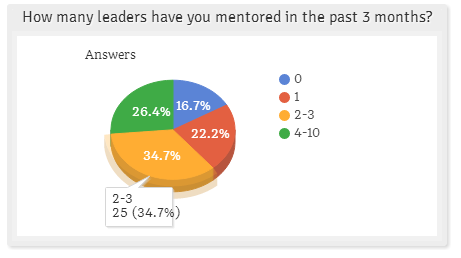
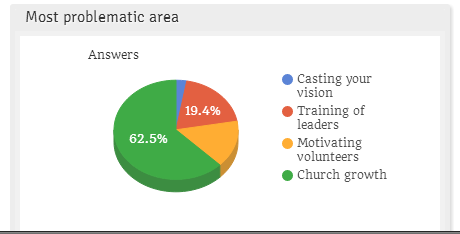
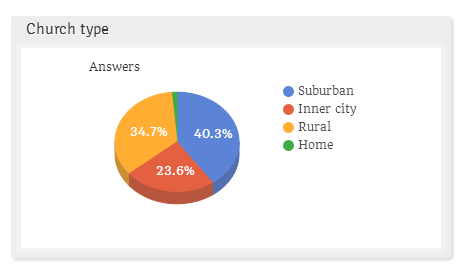

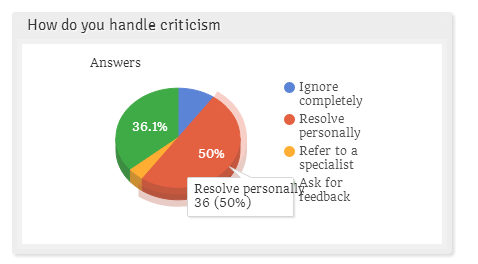

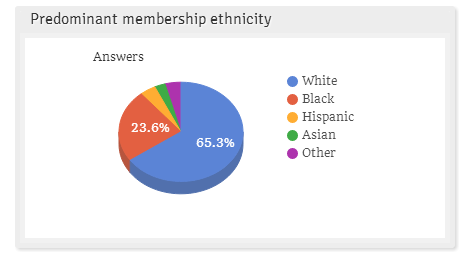

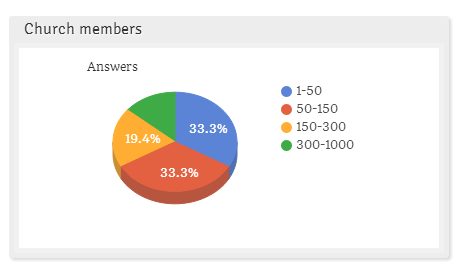
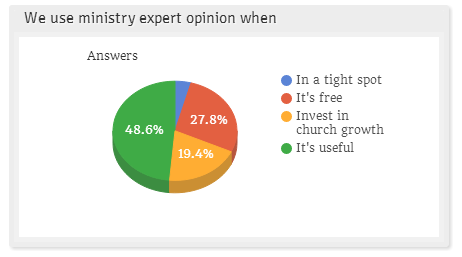


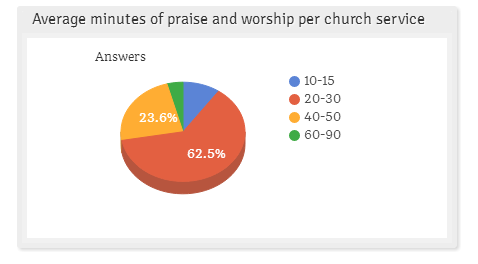




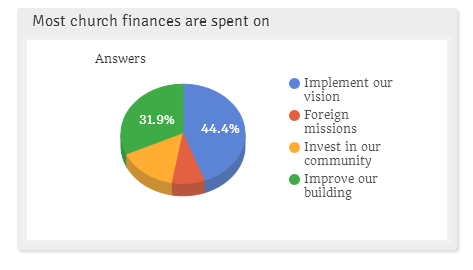
Trends and Issues Affecting the Next American Spirituality
 Three Trends and Three Issues Affecting Asian Missions” by David Barrett bring focus on obvious antipode of missionary need in the Western hemisphere today. The Macedonian Call to 3.7 billion Asian people with some 9% Christians is no small issue in global missions. At the same time, America becoming the 3rd largest mission field in the world is the obvious missions gap in the Western hemisphere. The parallels in post-modernity are many.
Three Trends and Three Issues Affecting Asian Missions” by David Barrett bring focus on obvious antipode of missionary need in the Western hemisphere today. The Macedonian Call to 3.7 billion Asian people with some 9% Christians is no small issue in global missions. At the same time, America becoming the 3rd largest mission field in the world is the obvious missions gap in the Western hemisphere. The parallels in post-modernity are many.
About 20 years ago, a book called “The Next American Spirituality” summarized the culture of today’s American spirituality and its relation to the apostolic church. The main question is, “What would a theology of the church look like that took seriously the fact that North America is now itself a mission field?”
To answer the question, Gallup and Jones examined how America does Biblical spirituality, using the gathered data to analyze its shift and direction. According to their survey, the marks of the next American spirituality were going to be (in short):
1. Bull-market church growth
2. Self-centered religion of me and thee
3. Hunger for experience – any experience
4. Search of roots amid the relativism
5. Quest for community resulting in self-belongingness and self-realization
In our current context of ministry two decades later, all of the above signs are evident and true. This is due on hand to the constant shift in the cultural paradigm, as well as the obvious shift in the identity and practices of the Christian church in the postmodern context. It almost seems like instead of being the model, the church is following a model, which not only changes the churches identity but interferes with its original evangelistic goal and global mission.
Hope for the Hippocampus
30 Years of Miracles: 2021
The NEW Pentecostal NORMAL
The NEW NORMAL hit Pentecostals in Bulgaria right for their first centennial anniversary. With COVID cases climbing, Bulgaria underwent over 200 days of total lock-down well into the summer of 2020. At the start of 2021, right at the national elections in Bulgaria, most EU countries renewed their quarantines measures as well. Regardless of hundreds of thousands of vaccines administered, in the first quarter of 2021, Bulgaria had most COVID cases in whole Europe and was the second country in the world with most COVID cases per capita.
Flying from the United States to Bulgaria is also becoming more difficult. Amsterdam, which used to be a good mid-way point has been among the most COVID-affected locations in the European Union making it risky for flight transfers. The route via Paris has virtually shut down with France in another long total lock-down. Flying via London was obstructed not only by their multiple lock-downs, but also the mandatory two-week long quarantine for all foreigners passing through the country, especially the ones from Eastern Europe and the United States.
Fortunately, after almost two decades of not having a direct flight to and from Bulgaria’s capital Sofia, a new airline opened a non-transfer line from JFK and provided a much needed ease for missionary work in the country. Our ministry continued especially in the area of first respondents and chaplains we have been training with our nationally recognized program in Bulgaria since 2009. At the same time, we were blessed to present two research papers at SPS and EPTA, and move toward publishing our book on the 100th anniversary of Pentecostalism in Bulgaria.
All this did not come with multiple challenges for the ministry. The shaky political situation in the country with yet another national election (16 in count since 2005) did not help keep the pandemic numbers down. As COVID cases in Bulgaria were climbing, the government moved to establish a new “vaccine passport” agency. Travelling to and from Bulgaria is now virtually impossible without vaccination accompanied with the proper international certification of their validity.
This book should have been published seven years ago in 2013. Its original subtitle was going to read “7 Years in Bulgaria.” Instead, it took seven years to finish it with all documents, research archives and new cases. Now, it is finally here and it finally reads like a story – not just choppy interviews, deposition documented testimonies or court records, but a story of struggle, strength and solitude. A story of life and a story of us.
1995-96 The establishing of the first Bulgarian Church of God in Chicago and its first split
2000-01 The contracted building of the ministry center for the Central Church of God in Sofia
2002-03 The church split in Southaven and what followed next
2005-06 The post-communist split of the Bulgarian Church of God and consecutive sub-denominations
2010-13 The social media network that cost us millions (of souls)
2016 The vote that forced to kill a church
2019-20 The sale of the ministry center for the Central Church of God in Bulgaria
READ: CONFESSIONS of a Pentecostal Preacher
CONFESSIONS of a Pentecostal Preacher
To Mark Alan
We know not why good people have to die,
but we do know we must tell their story…
Chapter I: Beyond the Church and into God
Be without fear in the face of your enemies.
Be brave and upright that God may love thee.
Speak the truth always, even if it leads to your death.
Safeguard the helpless and do no wrong.
That is your oath.
~Kingdom of Heaven (2005)
Separation of church from politics of false religiosity
The phone rang heavy and long. It was 4 AM in Bulgaria, but I was already up. A friend on the other end of the line was calling from South Carolina with a warning of some bad situation. The following morning, I was going to be contacted by the Director questioning why we were ministering in churches outside of our denomination.
The truth was we had ministered in some 300 local churches across the Balkan country of Bulgaria crossing all denominational boundaries and gathering youth from just about every confession. God had used us not only to reach and minister and to lead, but to step into an untouched spiritual realm, to undertake an unfamiliar ministry paradigm and to approach a brand new dimension of reality where He was to be the center of it all. And we had obeyed without questions. Now it was time to pay the price!
* * *
Our denomination, the one to which I remain both critically loyal and loyally critical, spreads over some five generations. Through its century old existence, the struggles and tension between theology and praxis has been in the center. And there, in the very essence of Pentecostalism itself, while some are always celebrating and being celebrated in the office or temple, others are always pushed in the periphery of normal life, hidden from the world behind closed doors and seeking a much deeper experience with God.
These modern day mystics are not only forgotten, but often forbidden. For their riot for righteousness cannot be conceived, contained and controlled by the religious norms of organized officiality. They speak as prophets to a world they so fervently try to escape from, about a reality that does not exist in the normal believer’s mindset. A stage of spirituality that cannot be preached without being lived in the social existence. And a relationship of God that goes far beyond common relationism and into God himself. That God, Who does not abide in offices and temples, but on the cross outside of the city walls…
But I knew nothing of this until that cold winter morning when the phone rang through darkness of the night. Knowing what is coming, rarely changes what we have done to get here.
7 Years in Bulgaria: CONFESSIONS of a Pentecostal Preacher
by Dony K. Donev, D.Min.
Upcoming Releases for United States (October, 2020)





